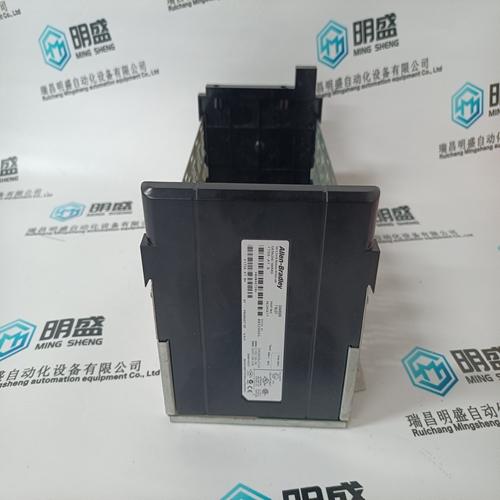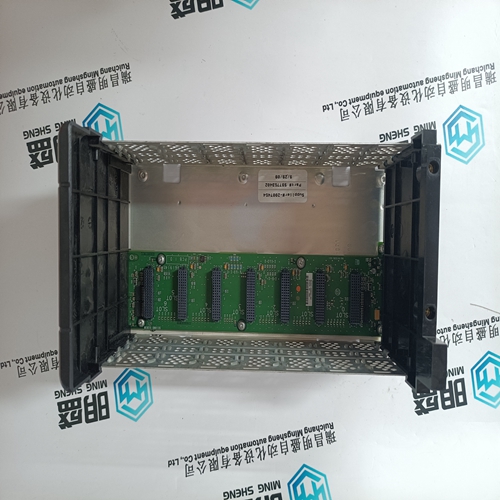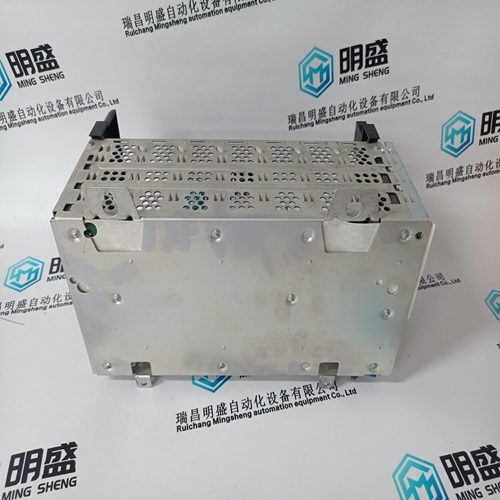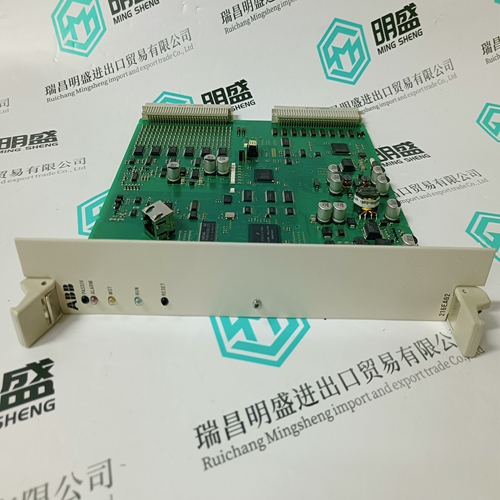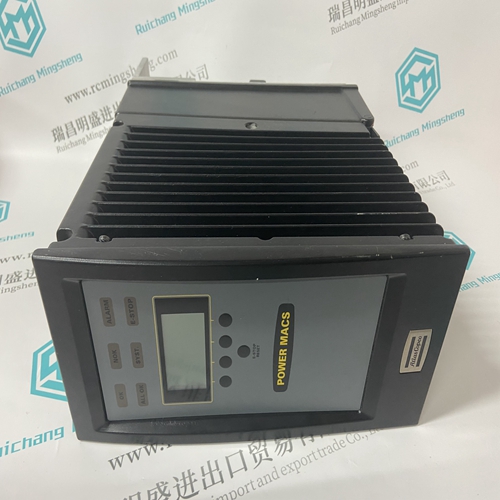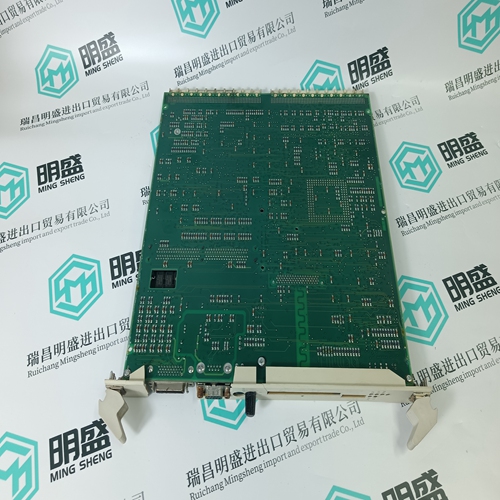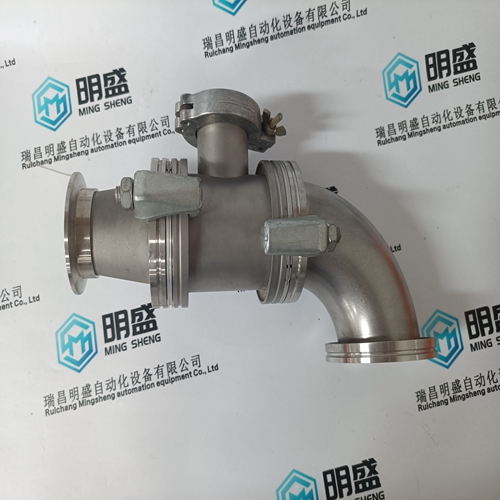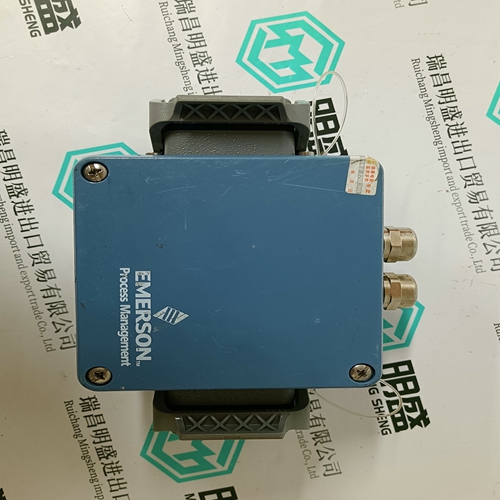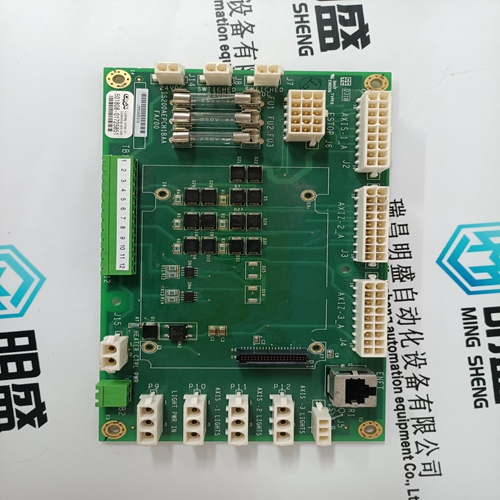Home > Product > PLC programmable module > 1756-A7/B machine frame
1756-A7/B machine frame
- Product ID: 1756-A7/B
- Brand: A-B
- Place of origin: the United States
- Goods status: new/used
- Delivery date: stock
- The quality assurance period: 365 days
- Phone/WhatsApp/WeChat:+86 15270269218
- Email:stodcdcs@gmail.com
- Tags:1756-A7/Bmachine frame
- Get the latest price:Click to consult
The main products
Spare parts spare parts, the DCS control system of PLC system and the robot system spare parts,Brand advantage: Allen Bradley, BentlyNevada, ABB, Emerson Ovation, Honeywell DCS, Rockwell ICS Triplex, FOXBORO, Schneider PLC, GE Fanuc, Motorola, HIMA, TRICONEX, Prosoft etc. Various kinds of imported industrial parts
Products are widely used in metallurgy, petroleum, glass, aluminum manufacturing, petrochemical industry, coal mine, papermaking, printing, textile printing and dyeing, machinery, electronics, automobile manufacturing, tobacco, plastics machinery, electric power, water conservancy, water treatment/environmental protection, municipal engineering, boiler heating, energy, power transmission and distribution and so on.

1756-A7/B machine frame
The NE modules are designed for symmetrical 3–phase line supplies with grounded neutral point: TN systems. No further consumers with asymmetric load (single–phase) may be connected for transformers with non–loadable neutral point. The line supply specifications according to EN 50178 are complied with as a result of the series (upstream) line reactor (for 5 kW and 10 kW UI, these are integrated in the module). Notice The described minimum line supply fault level is needed to trigger the fuses in the case of ground fault and short–circuit within the prescribed time in order to protect the plant and prevent damage and faults at other devices. An insufficient system fault level (short–circuit power) increases the triggering and also prevents the triggering of the fuses. This can cause, for example, arcs with the consequent fire of danger. The following applies for several converters connected to one line supply: The SK of the line supply must as a minimum, be sufficient for the highest rating converter connected to it. When selecting and dimensioning the protective elements, Chapter 7.3 must be carefully observed! The required apparent power of the line supply for each NE module is Sn = Pn 1.27. When operating one infeed alone on a matching transformer, as a minimum, an SK of 0.73 times the value from the table is permissible.
Overvoltage limiter modulel
The overvoltage limiter module limits overvoltages at the line supply input to acceptable values. These overvoltages can occur, e.g. due to switching operations at inductive loads and line supply matching transformers. The overvoltage limiting module is used for upstream transformers or for line supplies that are not in conformance with IEC (unstable line supplies) or in line supplies where frequently switching operations occur, e.g. involving larger motors (from approx. 30 kW). The overvoltage limiting module is mandatory if the NE module is to be used in conformance with UL. For NE modules from 10 kW and higher (100 mm wide), the overvoltage limiting module can be inserted at interface X181. For the 5 kW overvoltage limiting module, an appropriate protective circuit is already integrated as standard. Note It is absolutely necessary to use the overvoltage limiting module: For line supplies in which higher power loads are directly connected (depending on the line supply stiffness and extent of the line supply, already necessary from 20 kW and above), and if Line supplies, that do not reliably fulfill the line supply specifications according to IEC–/EN 61000–2–4.
Rated conditions
The following operating conditions apply: A voltage limiter must be used when transformers are used in front of the NE module. This limits the voltage for overvoltage condition caused by switching operations, when the line supply frequently fails, for arcing etc. Plants and systems that are to fulfill UL/CSA requirements must be equipped with overvoltage limiter modules. To protect the devices against line–side overvoltages, it is recommended that an overvoltage protection device is used directly at the supply point, in front of the main switch. Note For installations acc. to Canadian requirements, an external surge protective device is to be installed upstream of the power supply input of the product. This shall be a UL listed (VZCA/7) Surge Supressor Type 2 SPD, rated nominal minimum 480 VAC, damping voltage 3000 V or less, or an equivalent type.
